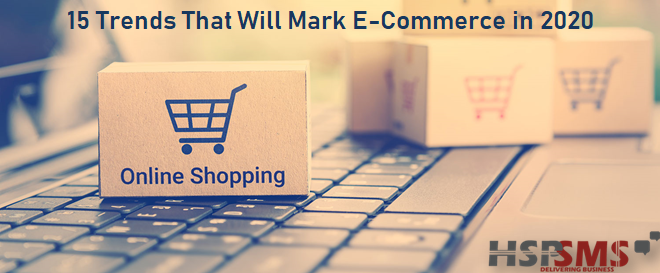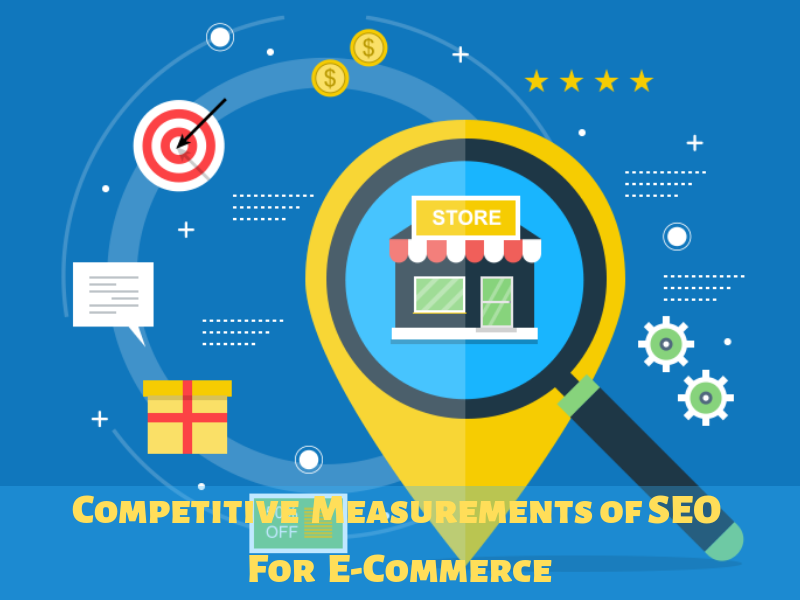Ultimate Guide For E-Commerce Communication With Customers
Just like in any other business, communication is the foundation of everything. Communication inside a company directly influences how successful this company’s team works and, therefore, impacts the success of the business.
However, it’s also important to remember about external communication, one that happens between the company and its clients. Hence, here’s the ultimate guide for e-commerce communication with customers.
Why Is Good Communication Important?
Before you start improving your communication strategy, it’s worth understanding why communication is so vital in the first place. Here are just some reasons why good communication is important:
• It helps you create and maintain a particular brand image and establish yourself as an authority in your niche.
• It allows you to build a lasting relationship with your customers and convert one-time into returning customers.
• It aids you in growing your customer base as happy clients spread the word about your company and bring more customers.
#1 Evaluate Your Current Communication
First and foremost, you need to evaluate your current communication. If your team is poorly handling customer support at the moment, you will need to work on your strategy before you make any upgrades to your communication. Here are some of the biggest issues your e-commerce communication can have:
• You are only using a single channel for communication and your customers don’t know how to reach out to you (or have issues doing so).
• Your customer response speed is very low, and your clients are often complaining about not having their issues resolved on time.
• You don’t have a loyal customer base and you aren’t a competitive brand in your niche.
• Your customer support agents don’t provide personalized customer experiences to your clients.
• Your team is somewhat chaotic when it comes to handling returns, refunds, exchanges, shipping, and so on.
#2 Use Different Communication Channels
If you identified any of the issues above with your own communication strategy, then you should take the necessary steps to resolve the problem. The first thing to consider is which channels you use for communication. One or two channels are simply not enough, and you need to be able to offer multichannel communication and customer support. Here are the channels to start from:
• Offer 24/7 customer support via phone and email. These are by far two of the best channels for communication that are usually preferred both by companies and by customers.
• Install either live chats or chatbots on your website. Live chats will cost you more, but they are better in every way because they allow you to deliver personalized customer experiences.
• Set up social media profiles and communicate with customers there. Social media platforms are great both for offering customer support and for making important announcements (for announcements, you can also use email).
#3 Increase Customer Response Speed
Another major issue e-commerce businesses usually have is low customer response speed. After a customer leaves a request via your support form on the website or when they send a message to your social media account, they expect to hear back from you as soon as possible. The best way to do this is to have a strict protocol on how to act in such situations.
Set up teams for each of your communication channels or have a single team handle all of them. Create rules for responding to customer requests and have all your customer support agents follow these rules closely. Consider setting up notifications for every channel so that no request goes unanswered.
#4 Take Responsibility for Mistakes
Even after all the precautions and all the rules you set up, there will still be mistakes from your side. To avoid losing face, most businesses will put out very serious and formal statements about the incident at hand. These statements are often worded in a way that removes all responsibility from the business.
However, this is not always the right thing to do, especially when it comes to communication. If your team messed up in some way, sometimes it’s better to actually take responsibility and acknowledge that there was a mistake on your end. A customer support agent can simply announce this to the customer who was wronged and then proceed to take the necessary steps to solve the issue.
#5 Deliver Personalized Customer Experiences
Most customers nowadays expect to receive personalized treatment because that has become somewhat of a default rather than a perk. That’s exactly why you should be delivering personalized customer experiences through every communication channel you use. Here are just some things to keep in mind about delivering such experiences:
• Train your agents to ask relevant questions. This way, they will be able to quickly find out what the customer needs and what their situation is.
• Keep extensive documentation of your existing customers. An agent should be able to check who they are the second they know the customer’s name, email, or other data.
• Send out special bonuses, discounts, gift cards, and offers. This shows how much you care about your customers, even if they have only shopped at your store once before.
#6 Train Agents to Become Better
As mentioned above, training your customer support agents is one of the ways you can improve your team and, therefore, your communication. The better your agents know what they are doing, the more high-quality support they can deliver.
It’s also important to remember that training is not a one-time thing. To truly make your customer support agents the best they can be, you need to train them regularly and help them upgrade their skill-sets. Give them opportunities to grow professionally, and they will gladly take them.
#7 Request Feedback to Improve Further
Last but not least, perhaps the best way to understand the issues with your e-commerce communication is to ask your customers directly about it. Request feedback from your clients to help you improve even further by addressing the issues they have with your communication right now.
Much like with training, requesting feedback is not a one-time thing and needs to be done regularly. You can send out surveys and even set up a feedback form on your website. You can also ask customers to rate the support they received (via phone or live chat, for example) right after their issue has been resolved.
Final Thoughts
To sum up, e-commerce communication is essential, much like anything else you do with your online commerce business. With proper communication, you should be able to have a good relationship with your customers and maintain a positive brand image long-term. Use this guide to help you create your own strategy for e-commerce communication and use it to your own benefit.
Author Bio:
Marcy Hendrix is a freelance writer and author of many articles. She currently works as an editor at a website that reviews writing services for students https://www.writingjudge.com/. Mostly she writes about business, self-growth, etc. In her free time, she plays musical instruments and tennis






